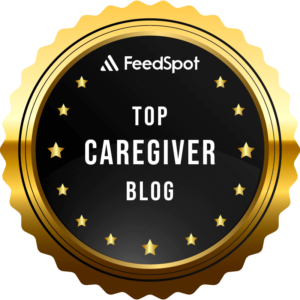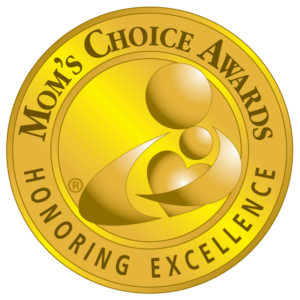
Published on:
“Am I a caregiver?”
She looked at me quizzically. She had just recounted all the things she was now doing for her husband. Things she never used to do. Things he depended on her to do. Things she never imagined she’d be doing for him.
She had come to a conference to hear me speak about family caregiving. Yet she was still reluctant to call herself a caregiver.
Many family members hesitate to use the word “caregiving” to describe what they are doing for an aging or disabled loved one. Self-identification as a caregiver is nevertheless important, as it has been shown to be foundational to accessing services and supports that could help [1].
Recognizing the Caregiver in You: The Journey to Self-Identification
Would you consider yourself a caregiver?
If you’re reading this blog post, then I’m guessing you’re a caregiver, or perhaps you’re supporting a caregiver. Maybe you’re just helping a loved one.
Calling yourself a caregiver comes with a certain acceptance of the role. The family caregiver role typically isn’t requested or pursued; it pushes itself onto you based upon your loved one’s health condition. Whether or not that role is acknowledged and accepted is another matter altogether. There are plenty of family members who perform care-related tasks without calling themselves caregivers.
The Challenges and Solutions in Caregiver Support
Some of the obstacles to identifying oneself as a caregiver are:
- Adherence to a historic family role;
- Insufficient exposure to the caregiver concept;
- Lack of caregiving intensity;
- Gender-based assumptions;
- Cognitive dissonance arising from relationship changes;
- Denial about a relative requiring care or one’s own role in providing that care.
Family members who are caring for aging or disabled relatives often feel a variety of mixed emotions about the emergence of the caregiver role in their lives. These emotions can be deep and poignant. They also should not be ignored (see the downloadable Emotions Worksheet for a simple exercise to evaluate the emotional impact that caregiving is having on you).
The Many Faces of Caregiving
The emotions and responsibilities of caring for a loved one often present new and unexpected challenges. Caregiving has a way of disrupting relationship patterns and consuming your time, resources, and energy. As the trajectory of family caregiving evolves over time, caregivers begin to see themselves and their loved ones differently. They are also prone to create narratives reflecting how they perceive their caregiving experiences.
A researcher looked at how family caregivers represented themselves and their experiences in online settings. She coded and categorized these online narratives and reported finding four distinct family caregiving identities:
- THE PRISONER, which is defined by a sense of being trapped by the responsibility of caregiving;
- THE CRUMBLING CAREGIVER, which focuses on extreme exhaustion in providing care;
- THE COMPANIONATE CAREGIVER, which focuses on the relational aspects of providing care; and
- THE REDEEMED CAREGIVER, which is defined by growth through difficulty [2].
It strikes me that the caregiver identities above could be plotted across a sort of emancipatory scale.
I’m also keenly aware that when the caregiving role was thrust upon me years ago at a time when I least expected it, I viewed myself as the prisoner. Today, I’d like to see myself as the redeemed caregiver; it’s at least part of the reason why I serve caregivers today.
Navigating Resources and Building a Support Network
What type of caregiver are you? Does one of the above caregiving identities seem to describe how you feel about the caregiver role in your life? Are you experiencing caregiver role strain?
Self-identification as a caregiver—including the underlying feelings about the role—is what opens the door to targeted services and supports. Family caregivers may benefit from counseling, respite care, formal care providers, support groups, financial assistance, and/or community workshops.
It is best when supports are tailored to individual needs. I do not recommend “cookie cutter” approaches. Care managers, social workers, counselors, gerontologists, and caregiver support group facilitators are among the professionals equipped to help a family caregiver identify and access the most appropriate services and support.
The woman who asked me if she was a caregiver already knew the answer to her question. However, by attending that conference, she gained knowledge about herself and her situation, and she met a community of people who understood what she was going through. She later told me she had “found her people.” While that didn’t change her husband’s health condition, it did provide an assurance that she could get the help she had been earnestly seeking.
_______________________________________________________________________________________________
If you’d like to invite Dr. Blight to speak to your group about support for caregivers, caregiver role strain, or self-care for caregivers, please contact us.
[1] Elise K. Eifert, Rebecca Adams, William Dudley & Michael Perko (2015) Family Caregiver Identity: A Literature Review, American Journal of Health Education, 46:6, 357-367, DOI: 10.1080/19325037.2015.1099482
[2] R. Amanda Cooper (2021) “I Am a Caregiver”: Sense-making and Identity Construction through Online Caregiving Narratives, Journal of Family Communication, 21:2, 77-89, DOI: 10.1080/15267431.2021.1889554
Posted in Caregiving






